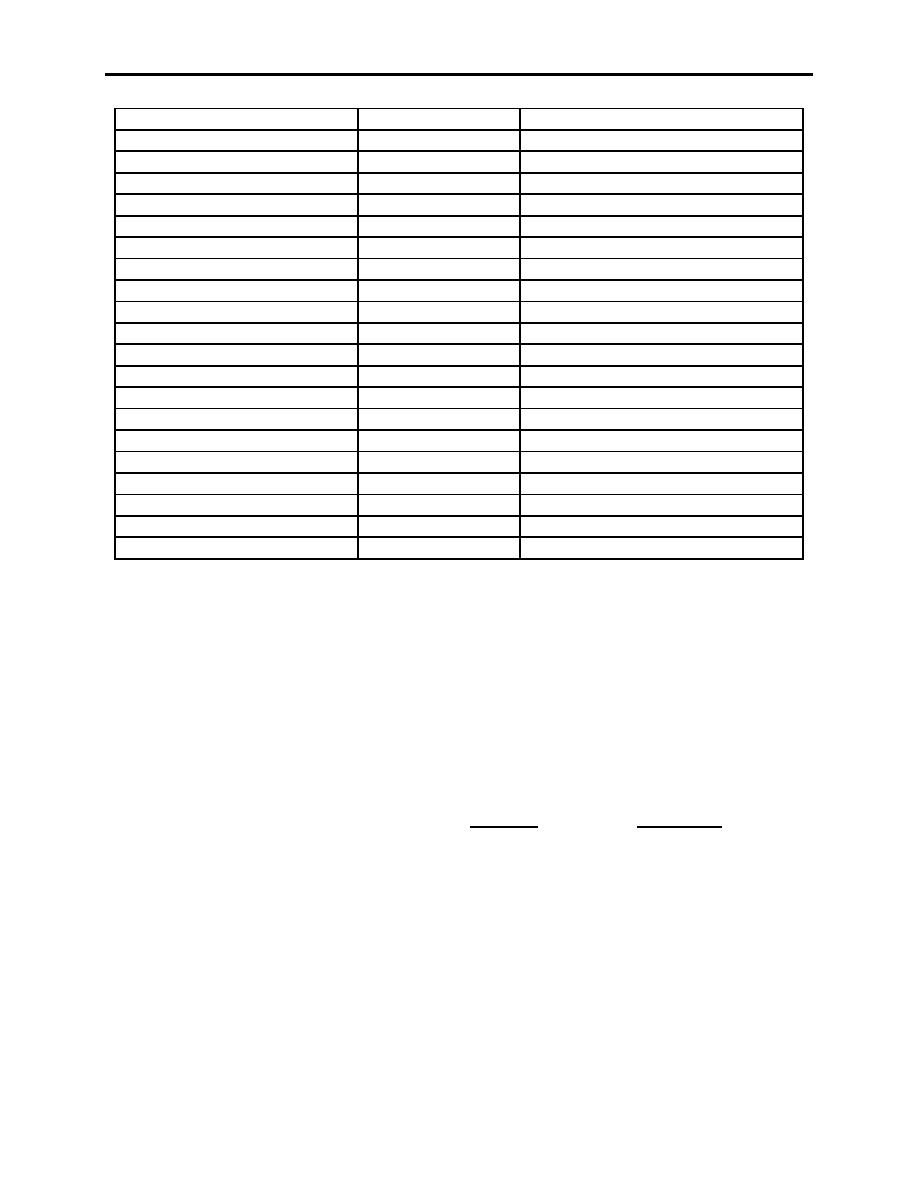 |
|||
|
|
|||
|
Page Title:
Air-to-Air Section Communication |
|
||
| ||||||||||
|
|  BASIC FIGHTER MANEUVERS (BFM)
CHAPTER TEN
TURN
STUDENT
COMM
Tac Right, Into (TRI)
LEAD:
"Turbo, Tac Right."
WING:
"Two."
LEAD:
"Six clear."
WING:
"Roger."
Inplace Left, Into (ILI)
LEAD:
"Turbo, Inplace Left."
WING:
"Two."
LEAD:
"Six clear."
WING:
"Roger."
WING:
"Visual."
LEAD:
"Roger."
Cross Turn (C)
LEAD:
"Turbo, Cross Turn, Lead's low."
WING:
"Two."
Inplace Left, Away (ILA)
LEAD:
"Turbo, Inplace Left."
WING:
"Two."
WING:
"Six clear."
LEAD:
"Roger."
Tac Right, Away (TRA)
LEAD:
"Turbo, Tac Right."
WING:
"Two."
WING:
"Six clear."
LEAD:
"Roger."
Air-to-Air Section Communication
Thus far, we have discussed the procedures for combat spread, crew responsibilities for lookout
doctrine, and the mechanics of engaging turns. At some point on a BFM syllabus flight (during
engaging turns), a "bogey T-2C" may test the students' lookout doctrine. Proper comm is one of
the most important factors to maintaining mutual support and situational awareness when a
section is threatened while in combat spread.
As previously described, the students will clear the appropriate six before calling "six clear." If,
however, a bogey is spotted, the first student to see the bogey will automatically assume the
tactical lead, as his SA is the greatest at that particular moment. The threat must be
communicated to the section quickly and clearly. Directive, followed by Descriptive comm is
the correct sequence. The section or threatened aircraft must be maneuvered in the direction of
the bogey first and then a description of the bogey's location given:
Example
"Turbo, hard left, bogey left 7 o'clock high."
DIRECTIVE: "Turbo, hard left ..."
DESCRIPTIVE: "... bogey, left 7 o'clock high."
10-19
BASIC FIGHTER MANEUVERS (BFM)
|
|
Privacy Statement - Press Release - Copyright Information. - Contact Us |